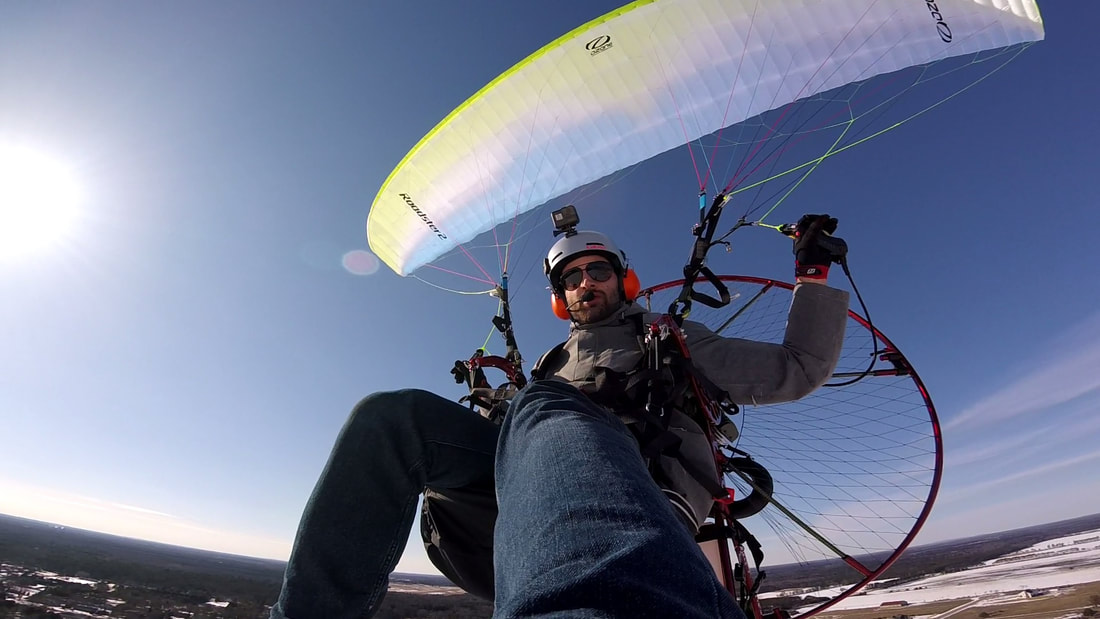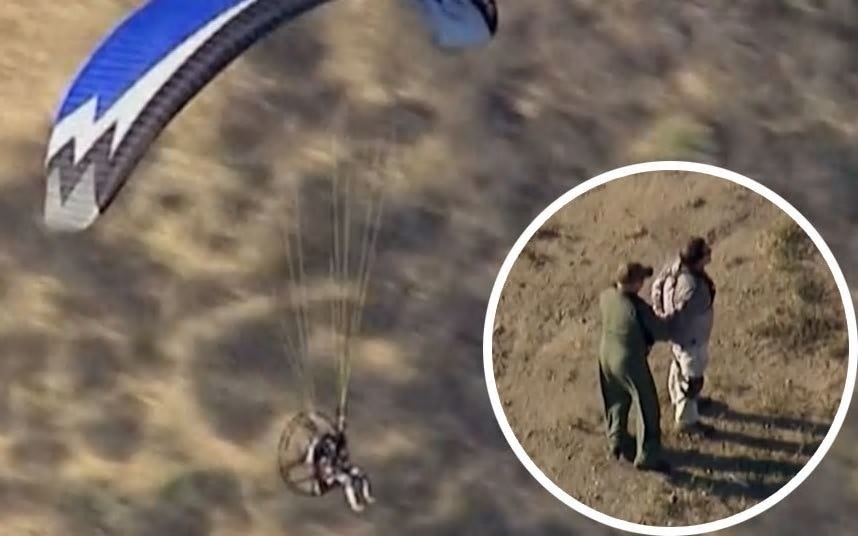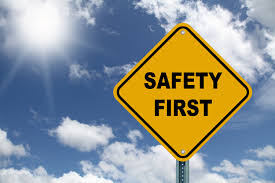|
Photo by Madcity Paragliding graduate Jake during his first flight after graduation.
|
|
Physical requirements The motor does most of the work. If you’ll be foot launching, you must be able to walk around and handle the motor’s weight but certainly don’t need to be an athlete. The wing carries the motor’s weight. Ages range from 13 years old into the 70's and beyond.
Willilam Shatner learned to fly PPG in his 70's! |
|
|
Is it safe?
Any form of Aviation obviously caries some risk but Powered Paragliding is one of aviation's safest and most rewarding forms of flight. Some studies have placed the risk slightly higher than driving a car and less than riding a motorcycle, and the risk can be significantly reduced with proper training and good decision making skills. |
Fast Facts
Altitude: From ground level to 18,000 feet although most pilots fly between 200 and 2000 feet above ground level (AGL). Unlike most other aircraft, Paramotors are legally permitted to fly all the way down to ground level as opposed to the 500' AGL required of the others. (FAA Sec. 91.119, sec 2)
Speed: 20-35 mph although most fly about 25 mph.
Weight: A lightweight machine weighs about 50 lbs ready to launch including fuel. The wing weighs about 12 pounds but the pilot doesn't feel it. A cart for wheel launching will add about 50 pounds and then you don't need to lift anything.
Gear Cost (New): $5000-$12,000 Motor, $3000-$4500 Wing, $1000-2500 cart (optional). The worst place to skimp on is training. Your life (and wallet) depends on quality instruction!
Payload: 170 - 400 Lbs. Powerful tandem units provide the highest payload.
Fuel: 1 to 5 US Gallons of auto fuel or avgas mixed with 2-stroke oil. A few motors (4-stroke) require no mixing.
Endurance & Range: 1-3 hours, 40-70 miles (calm)
Transport & Storage: Small Car or shipped affordably in boxes and stored in a room corner. Most carts fold or collapse for transport in a pickup bed.
Motor: 2-Stroke, 4-stroke, or electric. Propeller: 30 to 51 inch wood or composite with from 2 to 4 blades. Most props are spun through reduction drives.
Launch/Land Area: 200 x 400’ minimum with a another 400' clear climbout zone. Experienced pilots can safely fly out of a space half that size.
Training Time: 3 to 5 days of training for first flight and 7 to 10 days of training to become independent.
Training Schedule: We teach seven days a week at Madcity Paragliding. We have no set class schedule and instead let your availability and the weather dictate our plan of action. Nice days we work on wing handling and flying skills. When it's raining or blowing over 12 mph we go inside for ground school and simulator training.
What's included in training: We offer unlimited lessons so you don't feel pressured or rushed into doing something you aren't ready for. You won't be pressured but you also won't be held back. This is supposed to be FUN after all and it shouldn't feel like work. The training fee includes the use of our gear while in class, you are not required to purchase gear prior to training. When you are ready we will help you select appropriate gear. Many students will purchase a wing early in the training process so they can practice at home and they have found that it can be beneficial to learn with the gear they will be flying with regularly. We also offer generous discounts on new gear to our students.



